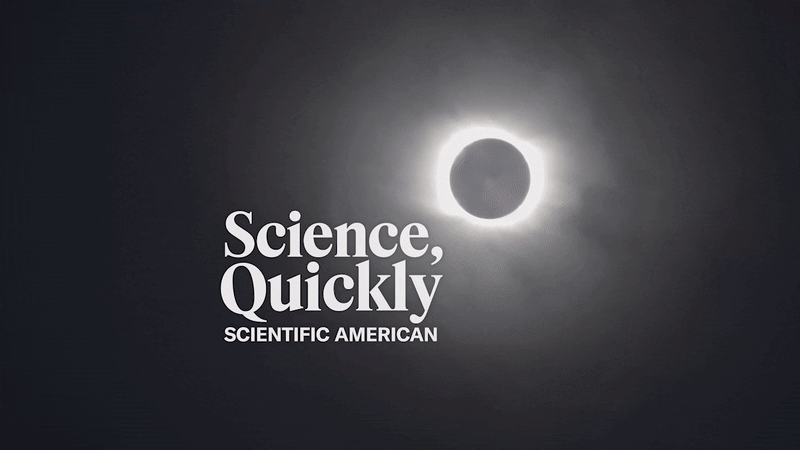Clara Moskowitz: For Scientific American’s Cosmos, Quickly, I’m Clara Moskowitz. On April 8, we’re in for a treat. A total solar eclipse will be visible across a broad swath of North America, giving us a view of the edges of the sun as the moon passes in front of its face.
Here to talk about the eclipse and what scientists hope to learn from it is science writer Rebecca Boyle, author of a feature story in our March issue about our amazing sun.
Hi, Becky. Thanks for being here.
On supporting science journalism
If you’re enjoying this article, consider supporting our award-winning journalism by subscribing. By purchasing a subscription you are helping to ensure the future of impactful stories about the discoveries and ideas shaping our world today.
Rebecca Boyle: Thanks for having me.
Moskowitz: So how big a deal is this eclipse for North America?
Boyle: It is a big deal. This is not something you get to see every day, even every few years, even every couple of decades. It’s pretty rare. And to have [one] across such a huge swath of the U.S. and big population centers is really going to be special.
Moskowitz: Have you ever seen a total solar eclipse in person before?
Boyle: I’ve only seen one. And I know that there are people who, after they see one, go and see as many as they possibly can. And I think that’s a goal I might have for myself later in life. There is nothing like it. It is hard to overstate how surreal and how beautiful and how otherworldly an eclipse is.
We had an annular eclipse in October of last year, which was really also pretty unique. It’s a strange thing to see the moon appear to take a bite out of the sun. But a total solar eclipse is just mind-blowingly strange and beautiful and mystical, and people are left crying and speechless. It’s really pretty special to witness—not only to see it yourself but to see the spectrum of reactions that other people have to watching this happen.
Moskowitz: I can’t wait to. So where are you going…
Read the full article here







